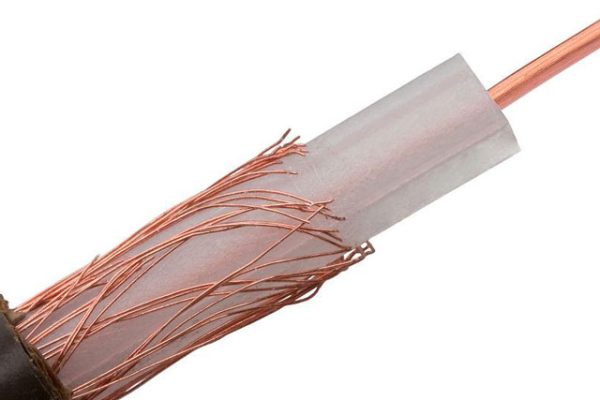Choosing the right size coaxial cable for exterior use is crucial to ensure optimal performance and durability. Whether setting up an outdoor TV antenna, satellite dish, or internet connection, understanding the specifications and requirements of coaxial cables can help you make the best decision.
Understanding Coaxial Cable Specifications
Coaxial cables consist of a central conductor, insulating layer, shielding, and an outer jacket. Key specifications to consider include the cable’s diameter, impedance (usually 75 ohms for TV and internet), and frequency range, which determines how well the cable can carry signals over distances.
Common Sizes of Coaxial Cables
For most residential outdoor installations, RG-6 is the standard choice. It provides a good balance of performance and cost for typical home use. For longer runs where you want to minimize signal loss, RG-11 is a better option due to its larger diameter. RG-59 is an older standard and is generally not recommended for new outdoor installations because it has higher signal loss.
Factors to Consider When Choosing Cable Size
- Distance of Cable Run: Longer distances can result in signal loss, so a larger diameter cable like RG-11 may be necessary.
- Signal Loss and Attenuation: Consider how much signal degradation you can tolerate; larger cables typically have less attenuation.
- Environmental Conditions and Durability: Outdoor cables must withstand weather conditions, so ensure they are rated for UV and moisture resistance.
- Frequency Requirements: Make sure the cable supports the frequencies needed for your devices.
Benefits of Using Larger Diameter Cables
Larger diameter cables, such as RG-11, reduce signal loss over long distances and offer enhanced durability and weather resistance, making them ideal for exterior use.
Installation Considerations for Exterior Use
Proper installation is key for exterior coaxial cables. Ensure cables are routed and supported correctly to prevent physical damage. Use waterproofing techniques and UV-resistant materials to protect the cables from environmental damage. Always adhere to local building codes to ensure safety and compliance.
Comparing Different Coaxial Cable Ratings
When selecting a cable, evaluate its shielding effectiveness to minimize interference, bandwidth capabilities to handle signal requirements, and cost. Balancing these factors will help you choose the best cable for your needs.
Tips for Selecting the Right Cable
Match the cable to your specific application needs. Consulting with a professional can provide valuable insights for large or complex installations. Always review manufacturer specifications and customer reviews to ensure you choose a reliable product.
Maintenance and Inspection of Exterior Cables
Regular inspections for wear and tear can extend the lifespan of your cables. Look for signs of damage, such as cracks or corrosion, and replace cables as needed to maintain optimal performance.
Conclusion
Selecting the right size coaxial cable for exterior use involves considering distance, signal loss, and environmental factors. RG-6 is suitable for most residential needs, while RG-11 is ideal for longer runs. Professional guidance can be invaluable, especially for complex setups, ensuring your installation is both effective and long-lasting.






